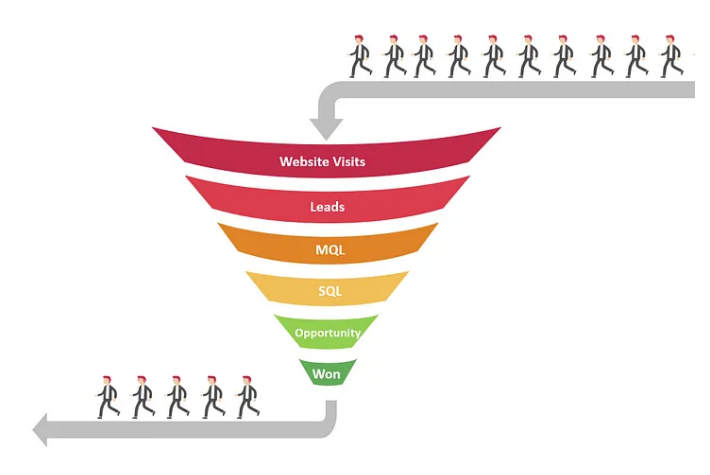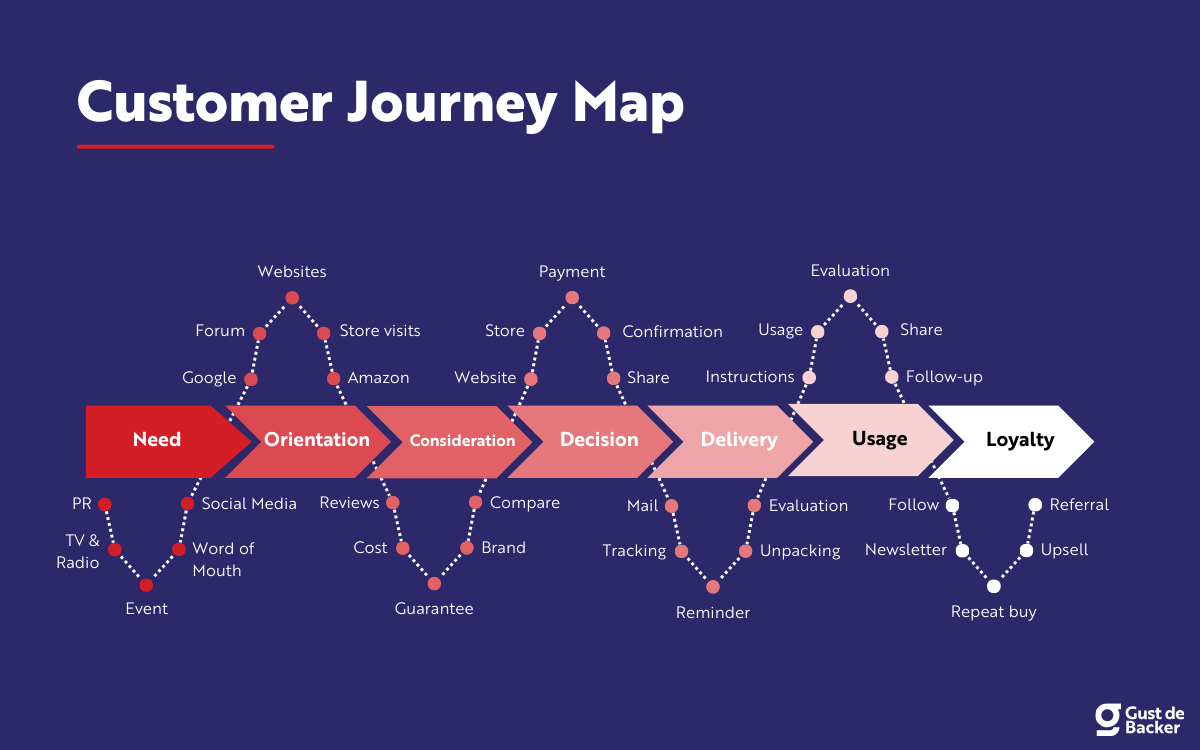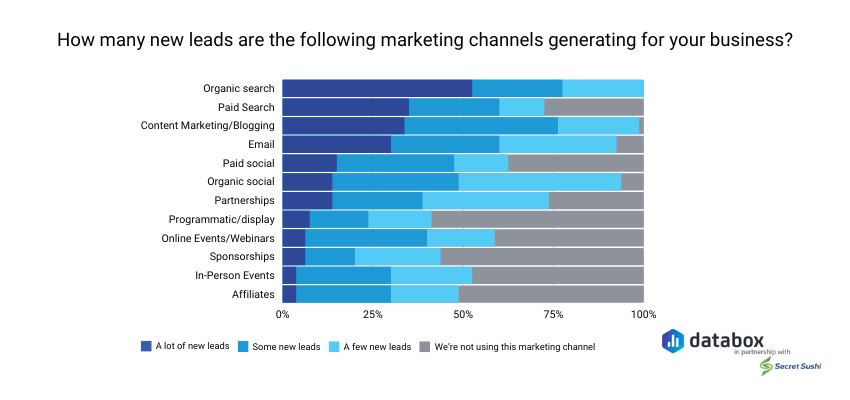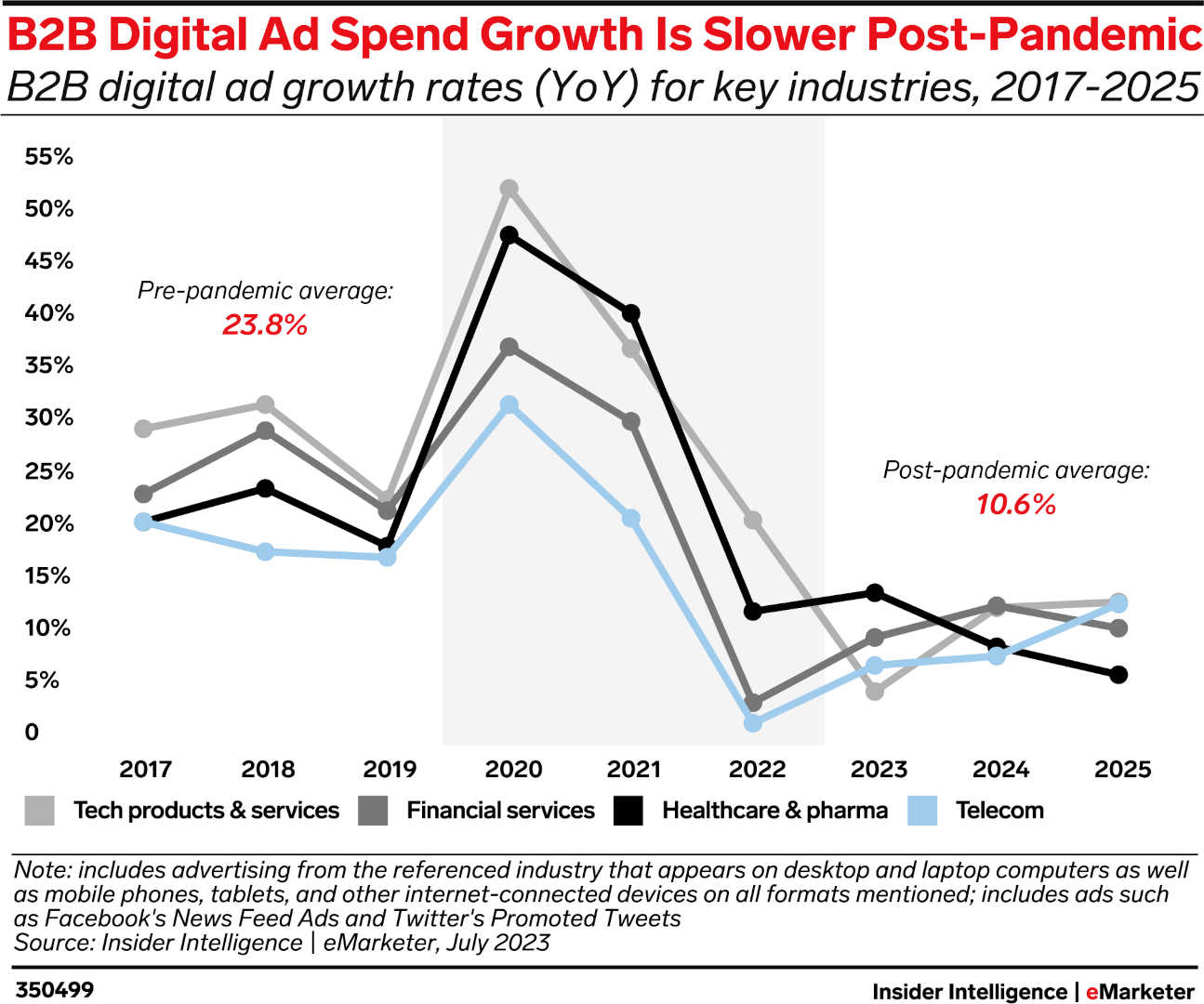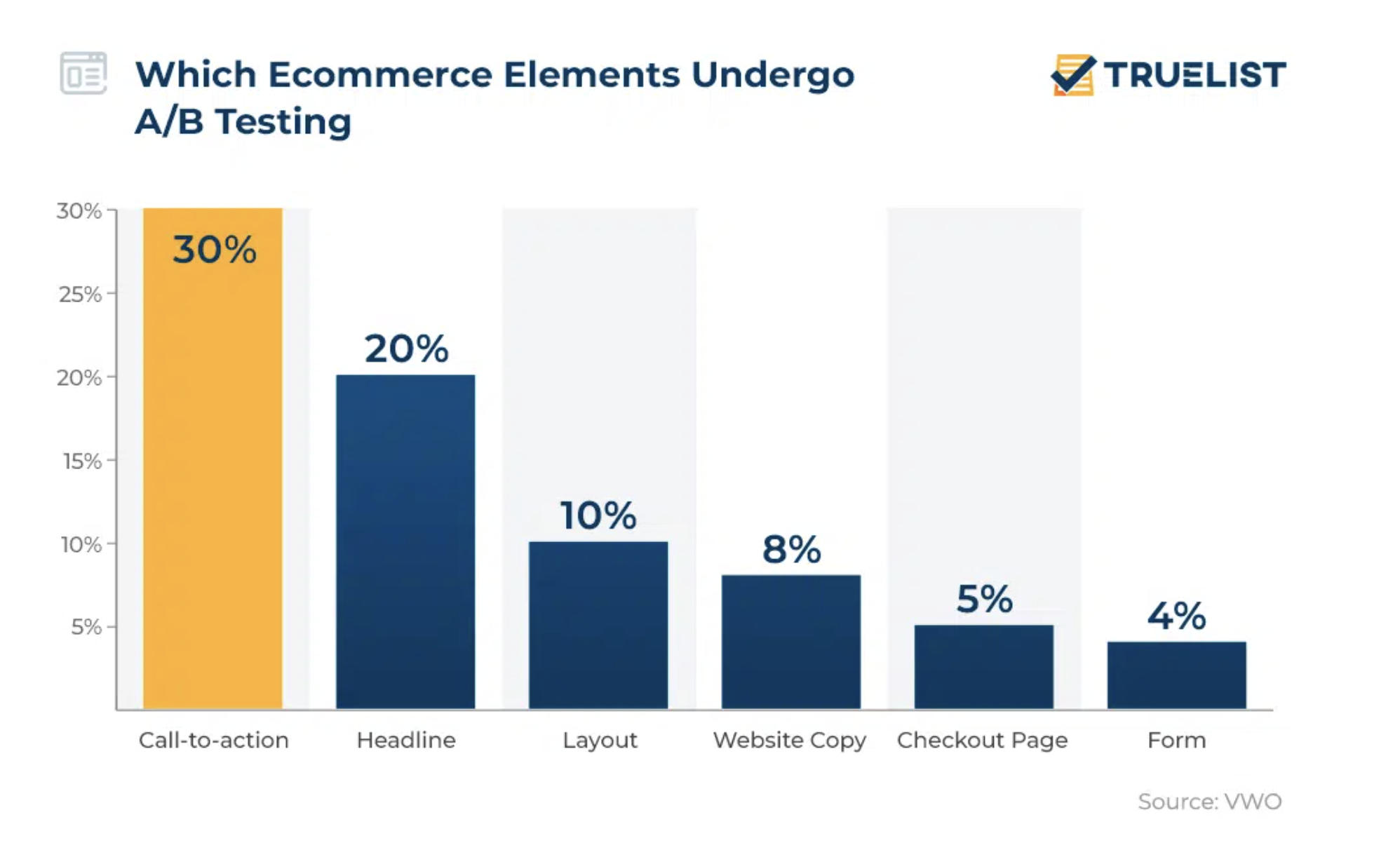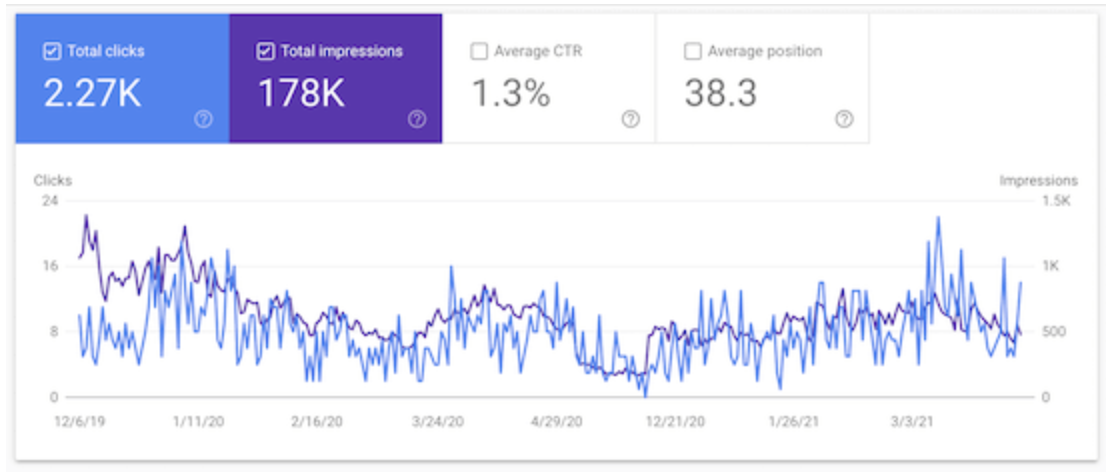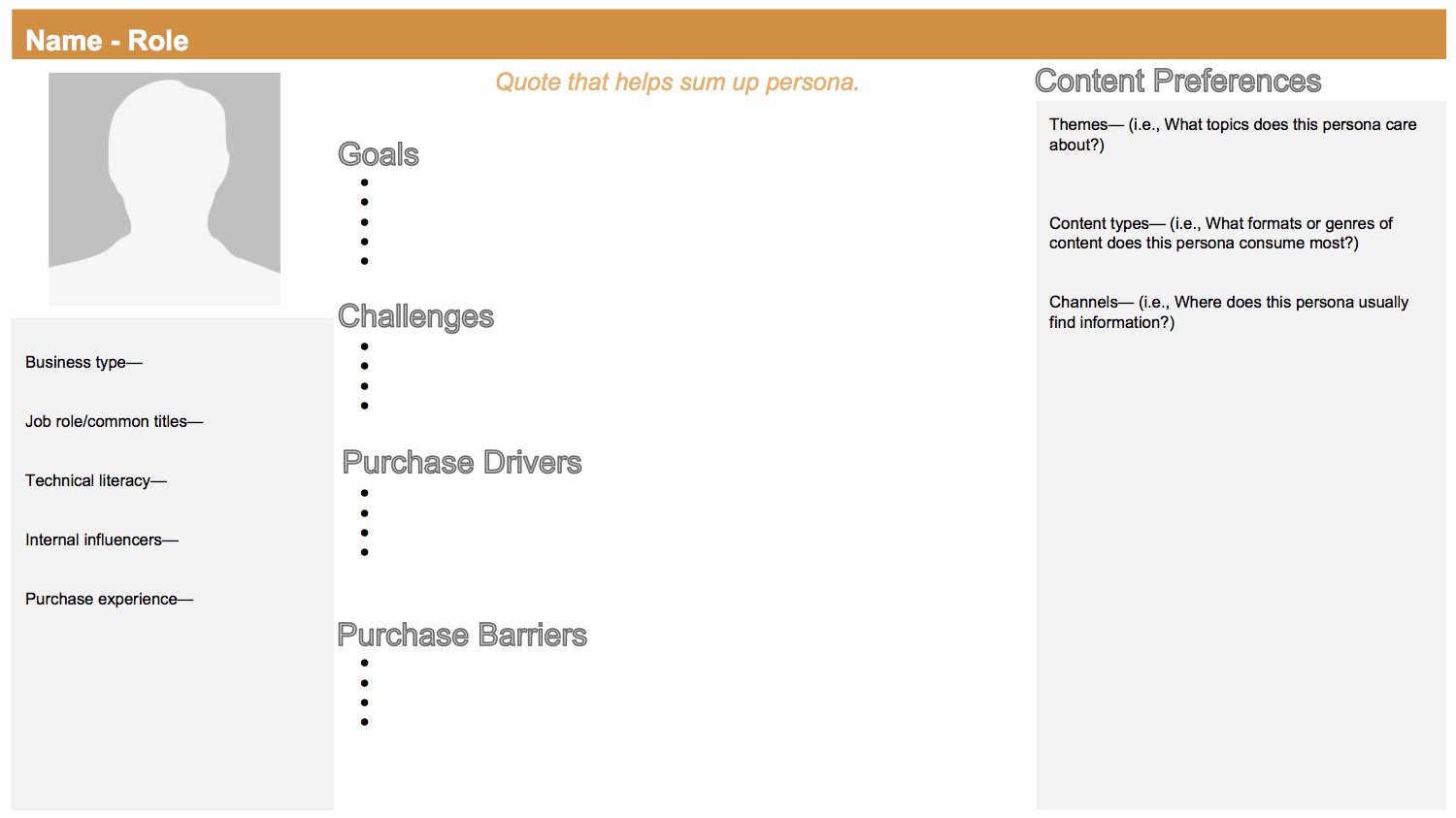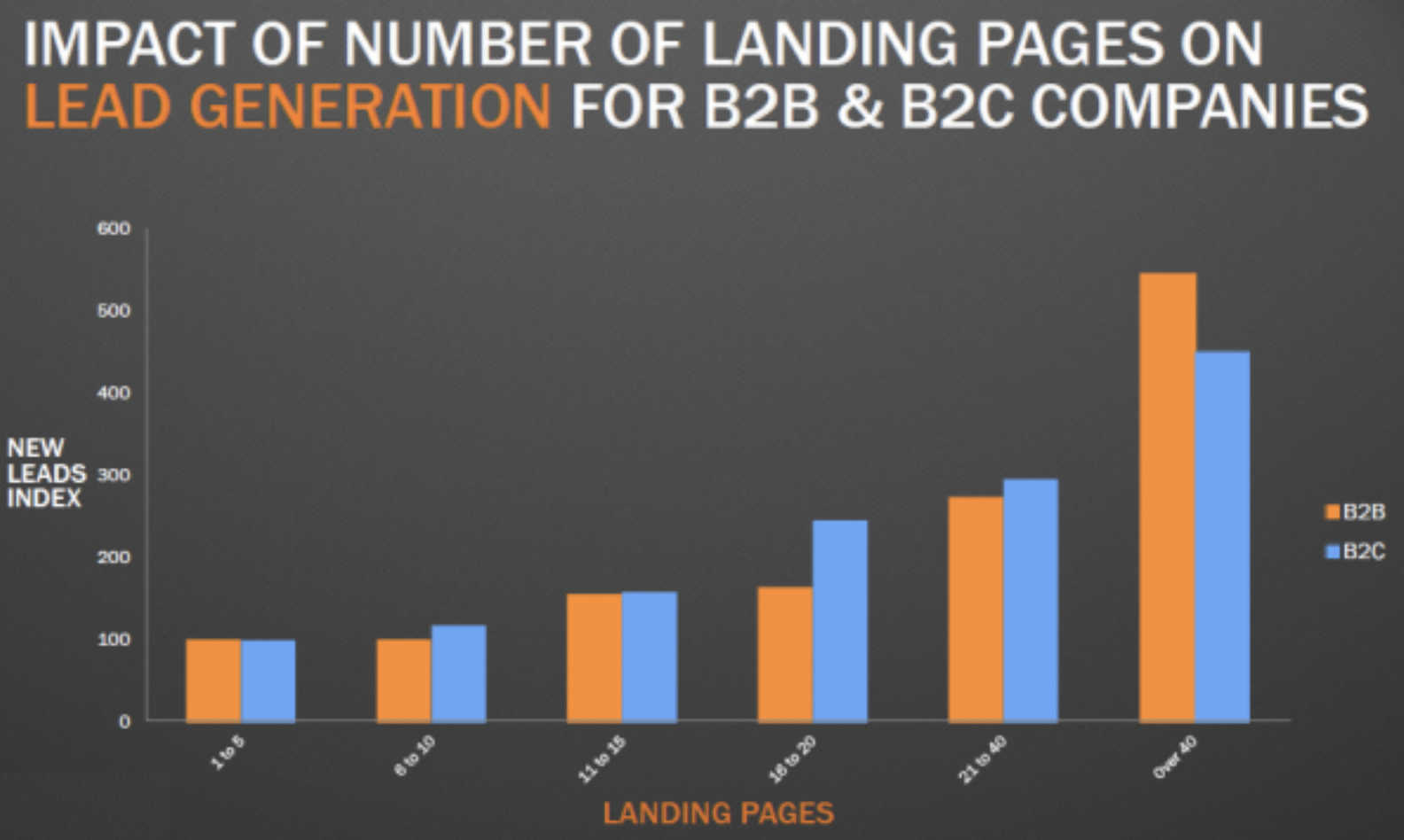Driving Traffic to Your B2B Lead Gen Forms: Effective Strategies
Driving targeted traffic to your B2B lead generation forms is not just about getting more visitors to your website—it’s about demand generation with the visitors who are more likely to engage and convert.
Effective traffic-driving strategies help ensure your lead gen forms attract leads, leading to better sales opportunities and a more substantial return on marketing investment (ROI).
In this post, we’ll explore practical strategies that, when implemented, can lead to significant growth and success for B2B marketers in increasing traffic to their forms while maintaining a focus on quality.
Optimizing Your Website for Lead Generation Strategy
This is a challenging time for B2B marketers. Generative AI is causing disruption and opportunity, yet almost half of content marketing budgets are either staying the same or decreasing at a time when teams are trying to integrate new strategies.
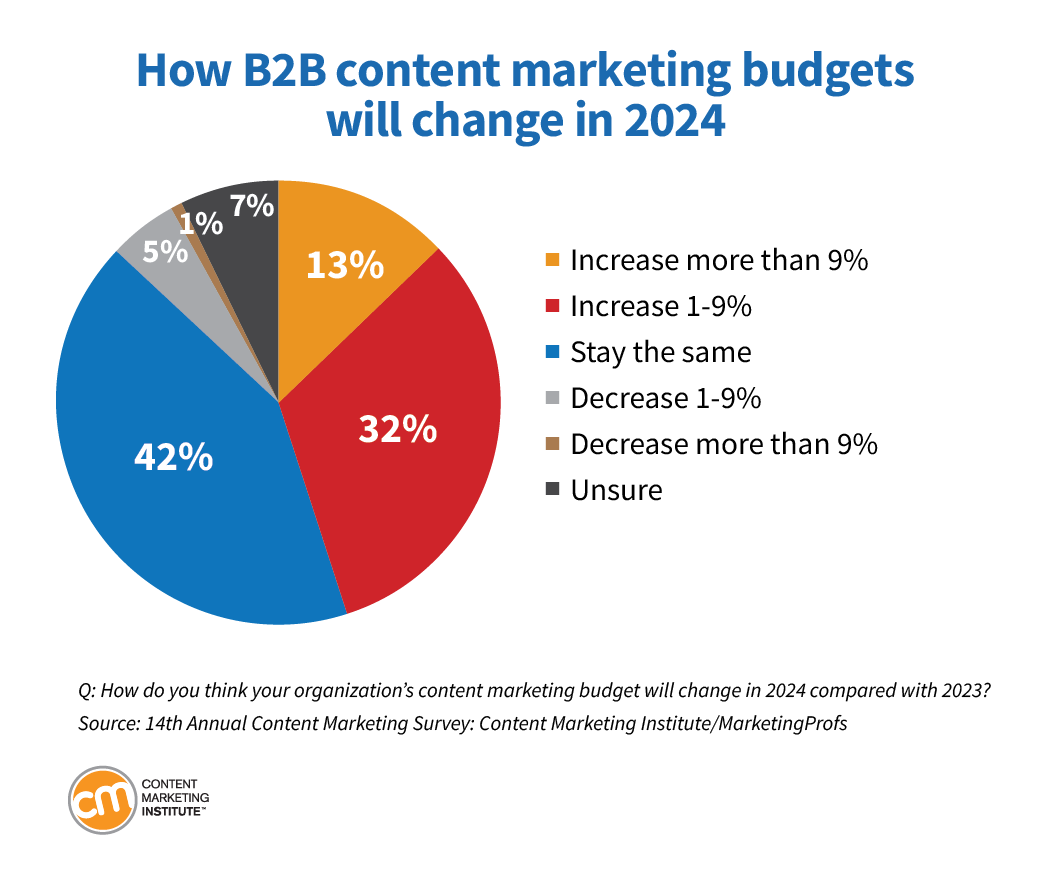
Source: Content Marketing Institute
The message is clear: Do more with the same, or even less! So, it makes sense to be sure the basics are optimized.
The foundation of any successful traffic-driving strategy is a well-optimized website. Even the best lead generation strategies will fall short if your user experience isn’t up to par. Here are some lead generation examples and key tactics to ensure a website primed for conversion.
Clear and Compelling CTAs
Think of your calls-to-action (CTAs) as the gateway to lead generation. They must be clear, engaging, and easy to find. To encourage clicks and form submissions, your CTAs should communicate the value of the action the user is about to take—whether it’s downloading a whitepaper or scheduling a demo.
Lead Form Placement and Design
The lead gen form design and positioning can significantly impact visibility and engagement. Forms should be easily accessible and strategically placed across your site—ideally above the fold or in high-traffic areas like your landing pages or blog posts.
Pay close attention to form length; research shows that shorter is better. Fewer form fields often yield better results. Mobile-responsive design helps you generate sales leads from mobile visitors, a segment increasingly becoming a significant part of B2B website traffic.
Landing Page Optimization
Your landing pages should focus and align with the intent of the traffic source driving visitors there. Each landing page should have a single goal: to encourage form submissions.
Avoid clutter and distractions by removing unnecessary links or navigation bars that could divert attention from your form.
Ensure the page content matches the user’s expectations based on their source, whether it’s an ad, blog post, or email. For example, a form that converts well for existing customers may not fit new visitors.
Include testimonials to build trust, and always clarify the value proposition—what will they gain by filling out the form?
By ensuring your website, CTAs, and forms are optimized for conversions, you can maximize the effectiveness of any traffic-driving strategy you implement.
Leveraging Content Marketing Strategy to Drive Traffic
Content marketing is pivotal in driving traffic to your B2B lead gen forms online. High-value, relevant content draws visitors to your site and primes them for conversion. Here are some lead generation ideas for B2B content.
High-Value Content Offers
Offering premium content like whitepapers, eBooks, or webinars increases brand awareness and incentivizes users to engage with your lead generation forms. These content assets should address your target audience’s pain points or key interests.
SEO-Driven Blog Articles
Search engine optimization (SEO) is one of the most effective ways to drive organic traffic to your B2B lead gen forms. By optimizing your blog content with relevant keywords, meta descriptions, and on-page SEO tactics, you can attract visitors who are actively searching for solutions like yours.
Guest Blogging and Collaborations
Partnering with industry influencers or guest posting on high-traffic websites can significantly expand your reach and drive targeted traffic to your lead gen forms. Focus on writing guest posts that answer questions and speak directly to the pain points of your target audience, offering solutions, and directing readers back to your site through CTAs or embedded links to your forms.
Utilizing Paid Advertising for Targeted Traffic
While organic traffic is valuable, paid ad campaigns allow you to target specific B2B audiences directly, driving immediate and qualified traffic to your lead gen forms.
Google Ads and other pay-per-click (PPC) platforms give you control over targeting the keywords that your ideal customer is searching for. By bidding on high-intent keywords related to your products or services, you can drive relevant traffic straight to your landing pages or lead gen forms.
To improve the quality of the traffic you receive, use negative keywords to filter out irrelevant search queries. This reduces wasted ad spend and ensures only sales-qualified leads see your ads. Ensure your landing pages align with the ad copy and keywords to increase the likelihood of conversion once visitors land on your page.
Social Media Posts and Advertising
LinkedIn lead generation and Twitter offer powerful targeting options for B2B marketers. On LinkedIn, you can target specific job titles, industries, and company sizes, ensuring that your ads reach the right decision-makers.
Create leads for social media that clearly communicate the value of your content offer or lead magnet, and direct users to a highly focused landing page with a form.
Retargeting Campaigns
Retargeting used in digital marketing campaigns is a powerful tactic, allowing you to re-engage previous visitors who checked out our website but didn’t complete a form. These campaigns can be highly effective because they target an audience familiar with your brand.
When done right, paid advertising ensures a steady stream of targeted traffic, providing you with opportunities to convert visitors who are already primed for engagement.
Social Proof and Trust Signals
Incorporating social proof and trust signals into your website and landing pages can increase form submission rates. Potential leads need to feel confident that they are making a wise decision when engaging with your brand.
Client Testimonials and Case Studies
Client testimonials and case studies demonstrate that your product or service has delivered measurable success for other businesses. Featuring quotes or detailed success stories from well-known companies can reassure visitors that your solution works and is trusted by others.
Strategically place testimonials near your forms, especially on landing pages, to give prospects that extra nudge they need to complete the form. Stories that showcase tangible results (like increased ROI or improved efficiency) can also be powerful motivators for B2B decision-makers.
Trust Badges and Certifications
Displaying trust badges and certifications, especially those related to security (e.g., SSL certifications or industry-specific credentials), can alleviate prospects’ concerns about sharing their information. People are more likely to fill out forms when they trust that their data is secure and will be used responsibly.
Position these badges near your opt-in forms, especially on pages requiring sensitive information like email addresses or phone numbers.
Moving Ahead with B2B Lead Gen Forms
Driving targeted traffic to your B2B lead gen forms requires a multi-faceted approach that combines website optimization, content marketing, paid advertising, and data-driven refinement. You can increase high-quality leads by focusing on high-value content, effective paid campaigns, and continuous optimization.
Remember, attracting marketing-qualified leads is an ongoing process that thrives on testing and improvement. By implementing these strategies and staying agile, you can consistently improve your conversion rates and grow your lead pipeline.
Ready to take your lead generation process to the next level? FunnelEnvy helps you elevate your lead generation game in 30 Days using proven form plays from top marketers. Check out our Case Study and get started today






